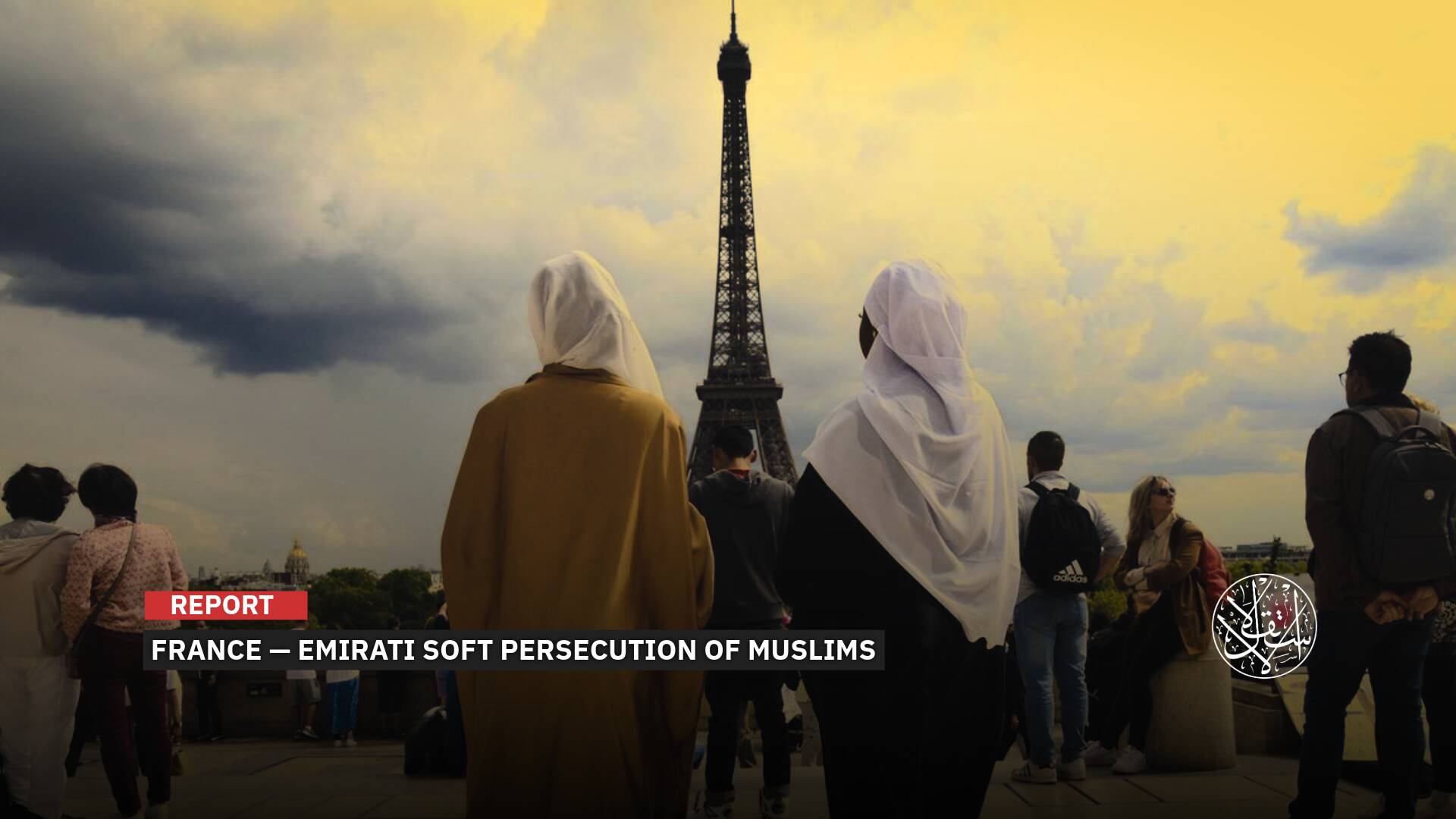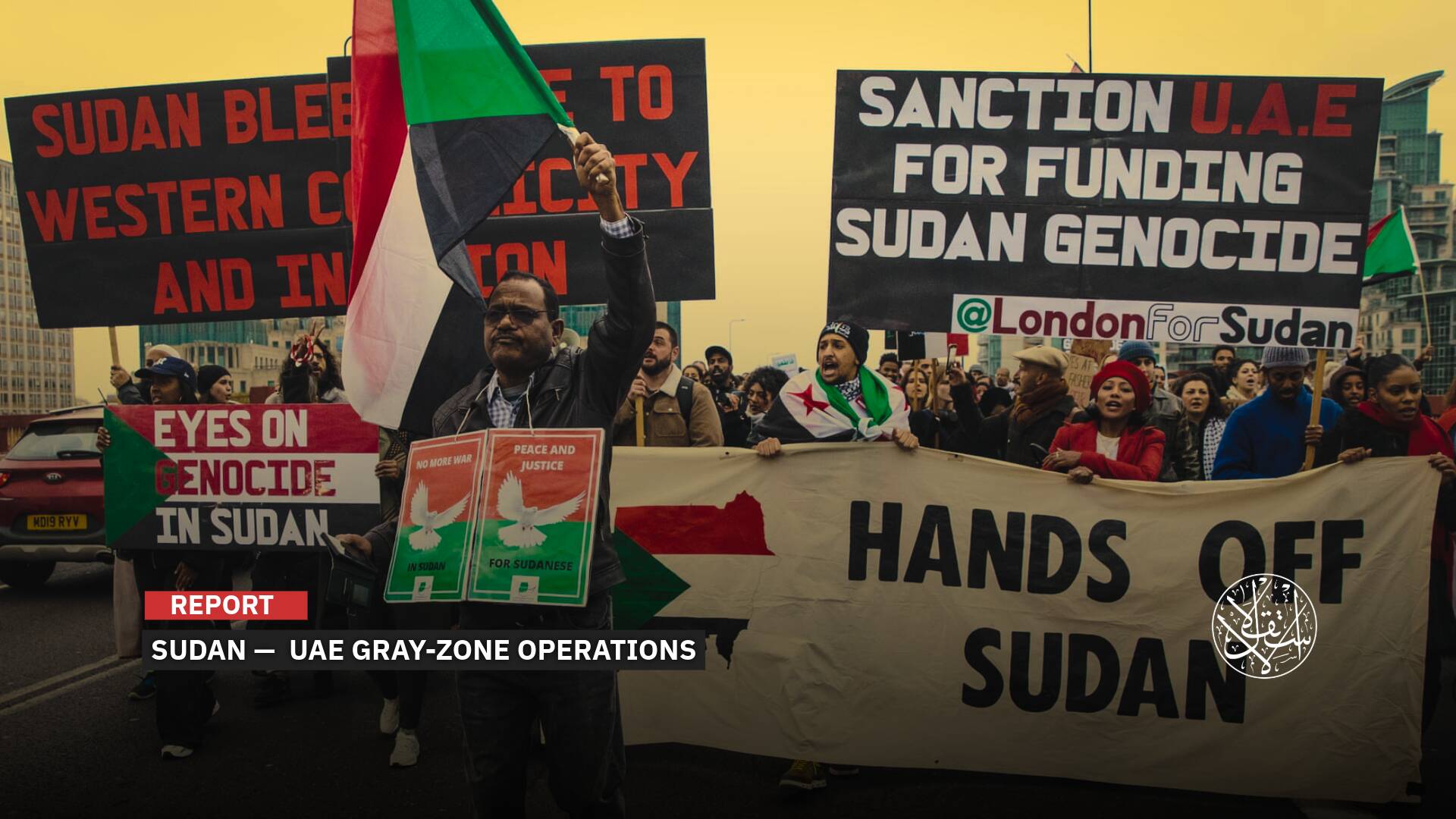Iran to Expel 1.5 Million Afghan Refugees in Weeks: What’s Driving the Move
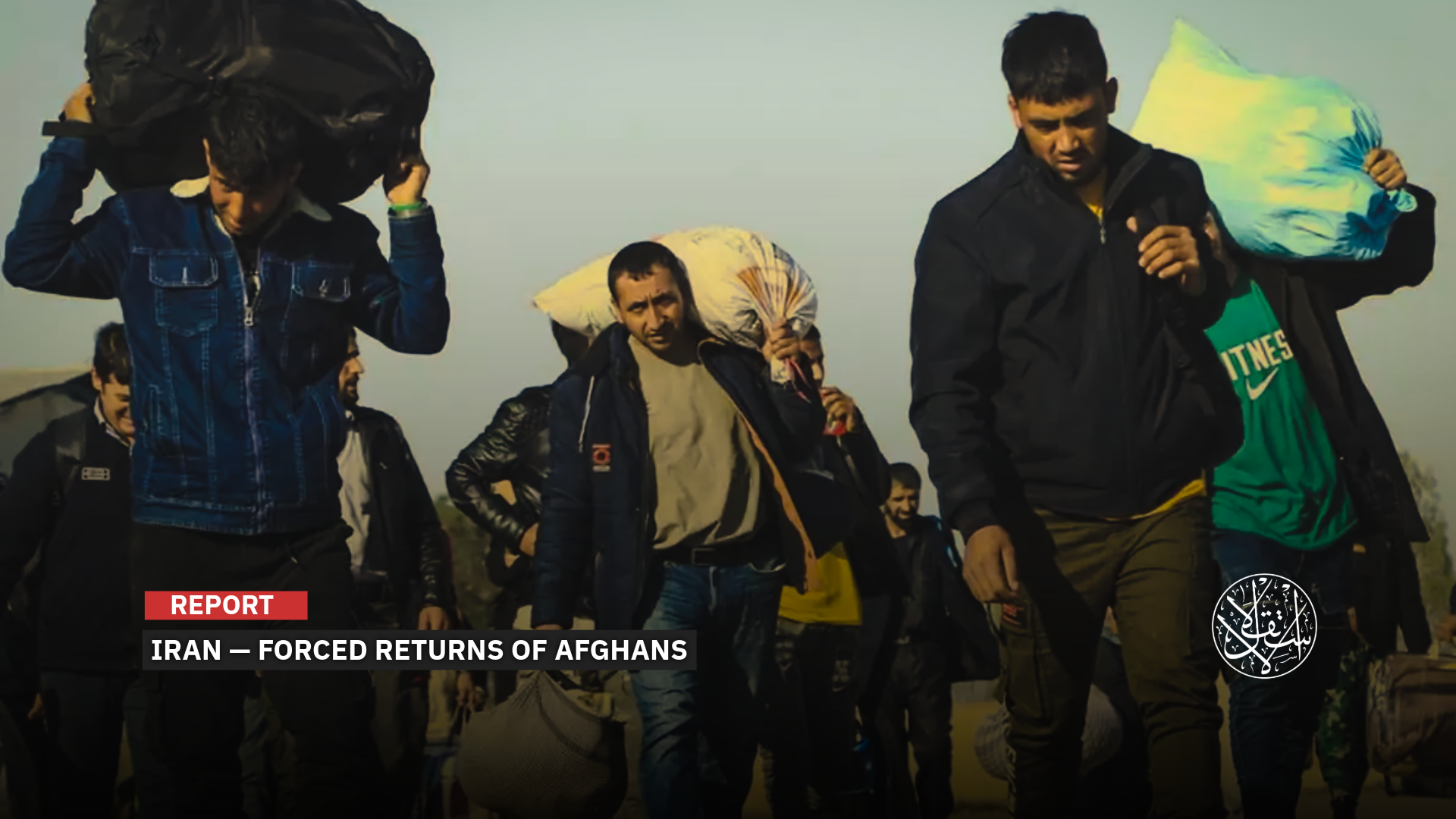
More than 1.5 million Afghans have left Iran since January 2025.
With Iran expelling more than 1.5 million Afghans since January 2025, questions have arisen over the reasons behind the accelerated pace of forced returns and the economic consequences their absence will leave on Iranian cities, where they made up a significant share of the labor force.
More than 1.5 million Afghans have left Iran since January, according to the UN Refugee Agency. A spokesperson from the Taliban's Ministry of Refugees and Repatriation told the BBC that more than 918,000 Afghans entered Afghanistan from Iran between 22 June and 22 July.
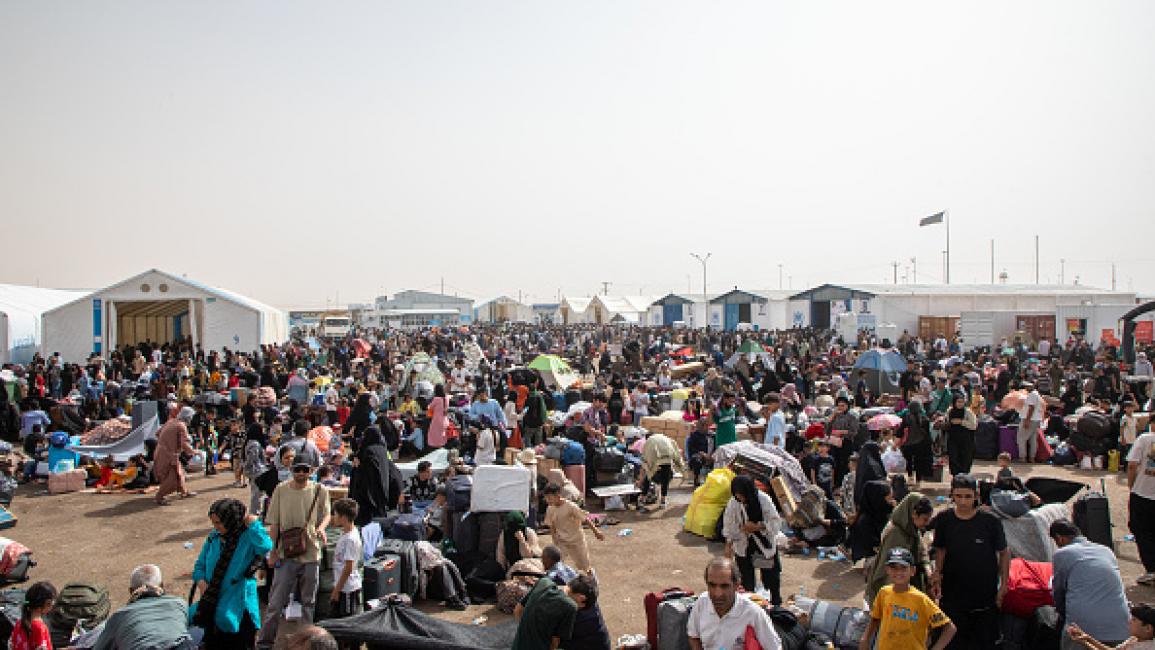
The Pretext of Espionage
Although Iranian authorities have long threatened to deport Afghans, the process accelerated after “Israel’s” assault on Iran on June 13, a 12-day Israeli aggression that coincided with allegations accusing Afghans of spying for the Israeli Occupation.
Iran says it is home to more than 6.5 million Afghans, including 2 million without documents, many of whom fled decades of war in their homeland, from the Soviet invasion in 1979 to the U.S. withdrawal in 2021.
In early March 2025, officials gave undocumented Afghans until July to leave voluntarily. But since the Israeli aggression on the country, authorities have forcibly returned hundreds of thousands, citing national security concerns.
United Nations data from July and August show that daily deportations peaked in early July at around 50,000 people, often after grueling journeys.
During the Israeli war on Iran, Iranian Telegram channels circulated warnings about “foreign nationals”—a term often used to refer to Afghans—driving trucks in major cities. The next day, authorities announced arrests of people allegedly linked to the Israeli attacks, including some Afghans.
Bloomberg reported on July 27 that Iran had launched a sweeping deportation campaign and mass arrests after accusing undocumented Afghan migrants of spying for “Israel” and aiding rocket launches during the Israeli aggression. Iranian state television (IRIB) broadcast the claims, while the semi-official Tasnim News Agency, linked to the Revolutionary Guard, said several Afghans had been arrested on charges of espionage and of possessing instructions for building drones and explosives.
According to Bloomberg, the espionage allegations ignited violence and harassment against the already marginalized Afghan refugee community, which has expanded in Iran since the Soviet invasion in 1979 and the wars that followed, including the U.S. intervention in 2001.
On July 31, Foreign Policy reported that Iranian security forces had extracted confessions from hundreds of Afghans arrested during the 12-day Israeli war and paraded them on television, creating fertile ground for what became the largest deportation campaign in Iran’s modern history.
The outlet said 1.6 million Afghans were deported during that period, while more than 700 people were detained and charged with espionage and sabotage on behalf of Mossad, including several Afghans.
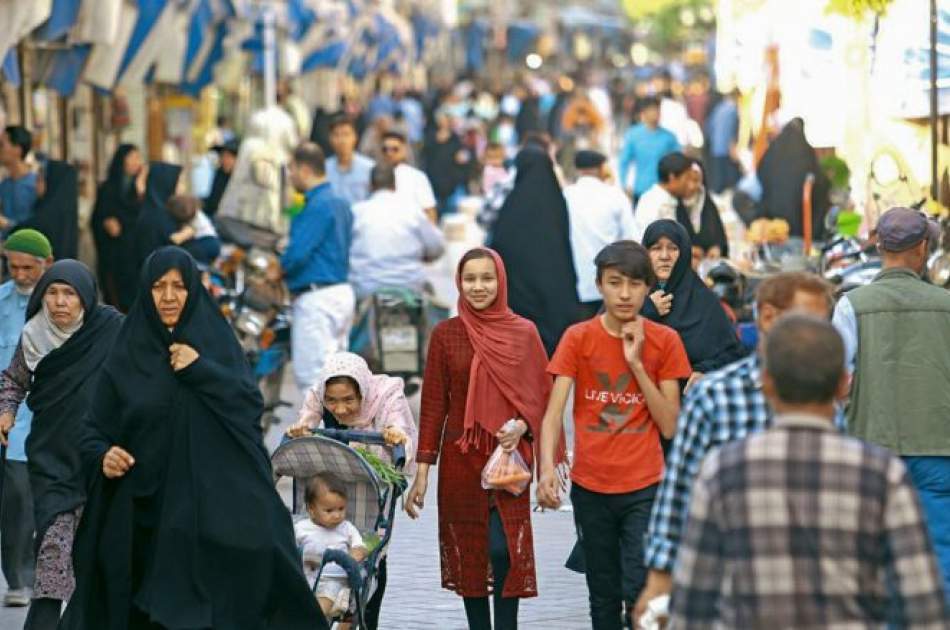
‘Scapegoat’
On the motives behind Iran’s deportation of Afghan refugees, Barnett Rubin, an expert on Afghanistan who served as senior adviser to the U.S. Department of State, said Tehran may be “looking for scapegoats” for its shortcomings in the Israeli war on the country.
“The Iranian government is very embarrassed by their security failures,” which show Iran “was very thoroughly penetrated by Israeli intelligence,” he told BBC. “So they had to find someone to blame.”
The BBC reported that espionage charges leveled against Afghan refugees were also intended to legitimize the government’s plan to expel undocumented Afghans.
Exiled Iranian writer Ardavan Rouzbeh echoed that view, arguing that after “Israel’s” devastating strikes on Iran’s military and nuclear sites, domestic anger reached its peak. The government sought to redirect that discontent by amplifying anti-foreigner narratives and portraying Afghans as a national security threat.
Writing in Iran International on July 22, Rouzbeh noted that while scattered claims have suggested rising crime among Afghans, official figures show otherwise. According to Iran’s judiciary, Afghans make up only about 6% of prisoners, a share roughly in line with their proportion of the population, and most cases involve illegal entry or labor violations rather than violent or organized crime.
As the authorities pressed on with what he described as a psychological war against Afghan migrants, reports of mob violence, arson, and public beatings became increasingly common. In that climate, Rouzbeh wrote, hard-line conservative media figures began branding any defense of Afghans’ rights as “national treason.”
He urged policymakers and human rights advocates in Washington and European capitals to confront Iran’s exploitation of Afghan refugees.
“This community is not a political tool,” Rouzbeh concluded. “They are survivors of a war-torn country, and their dignity should not be sacrificed for the calculations of a beleaguered regime. Afghan migrants deserve justice and protection and the chance to live without fear, not another generation of displacement and death.”
Iranian government spokeswoman Fatemeh Mohajerani said on July 2, according to Reuters, “We've always striven to be good hosts, but national security is a priority, and naturally illegal nationals must return.”

Backfiring Consequences
The forced deportation of more than 1.5 million Afghan refugees from Iran has had unintended consequences for the Iranian economy. The mass exodus left some provinces facing labor shortages, as most employers had preferred hiring Afghan workers, according to Ali Akbar Pourjamshidian, deputy interior minister.
Speaking to the state-run Voice and Vision channel on August 18, Pourjamshidian said that prior to the deportations, Iran was home to over 6.5 million Afghans, including roughly two million undocumented migrants. He described the undocumented population as a “major problem” that needed to be addressed through deportation, claiming that many had returned to Afghanistan voluntarily. He added that those leaving voluntarily could return to Iran if they met the requirements and obtained the necessary permits.
Iraj Rahbar, head of the Tehran Mass Builders Association, noted that over 50% of construction workers in the capital were Afghan. He said that after the decision to expel Afghans following the recent Israeli aggression on Iran, the construction sector faced significant labor shortages in areas such as masonry, general labor, and ironwork.
Rahbar told the labor news agency ILNA that Afghan workers had been a staple of the construction market for years, particularly in low-skilled roles. Their departure has caused productivity declines, halted some projects, and meant that replacing them with Iranian workers would take time.
He said the impact was especially acute on projects like the National Housing Renaissance, whose contracts had been signed two years ago at prices reflective of that period. Replacing Afghan labor with Iranian workers will increase overall costs.
Rahbar stressed that the post-conflict decision to expel Afghan workers created severe shortages across multiple construction sectors, partially halting ongoing projects. The labor market had relied heavily on Afghans for physically demanding tasks.
He explained that Iranian workers were reluctant to take on basic construction jobs due to low wages, whereas Afghan laborers were cheaper and not registered for social insurance, making them easier and less expensive for employers. Afghan workers’ wages were roughly half that of their Iranian counterparts, and they did not require insurance contributions, which made them the preferred choice.
Rahbar concluded that despite the higher wages of Iranian workers, labor shortages would push employers to hire them, and over time, the construction sector could become more economically viable for domestic labor as well.
Sources
- Iran’s Mass Deportations Are Fueling Regional Instability
- United Nations Warns Mass Deportation of Afghan Migrants from Iran Threatens Regional Stability [Arabic]
- Iran Says Any Conflict with Afghanistan Would Be a “Strategic Loss” for Both Sides [Arabic]
- Iran Expels Afghan Migrants in Mass Operation Amid Accusations of “Spying for Israel” [Arabic]
- Report Reveals Iran Expelled Nearly Half a Million Afghans in 16 Days Following Conflict with Israel [Arabic]
- Iranian Official: Afghan Expulsions Cause Labor Shortages in Some Provinces [Arabic]
- Expulsions Spark “Crisis”: Half of Tehran’s Construction Workers Were Afghan Nationals [Arabic]
- Iran drives out 1.5 million Afghans, with some branded spies for Israel
- After Post-War Deportations, Afghan Refugees in Iran Bear the Cost of the Regime’s Failures [Arabic]
- Tehran’s Construction Industry Stalls as Mass Expulsion of Afghanistani Migrants Drains Its Workforce A Crisis Rooted in Taliban‑Made Ruin








